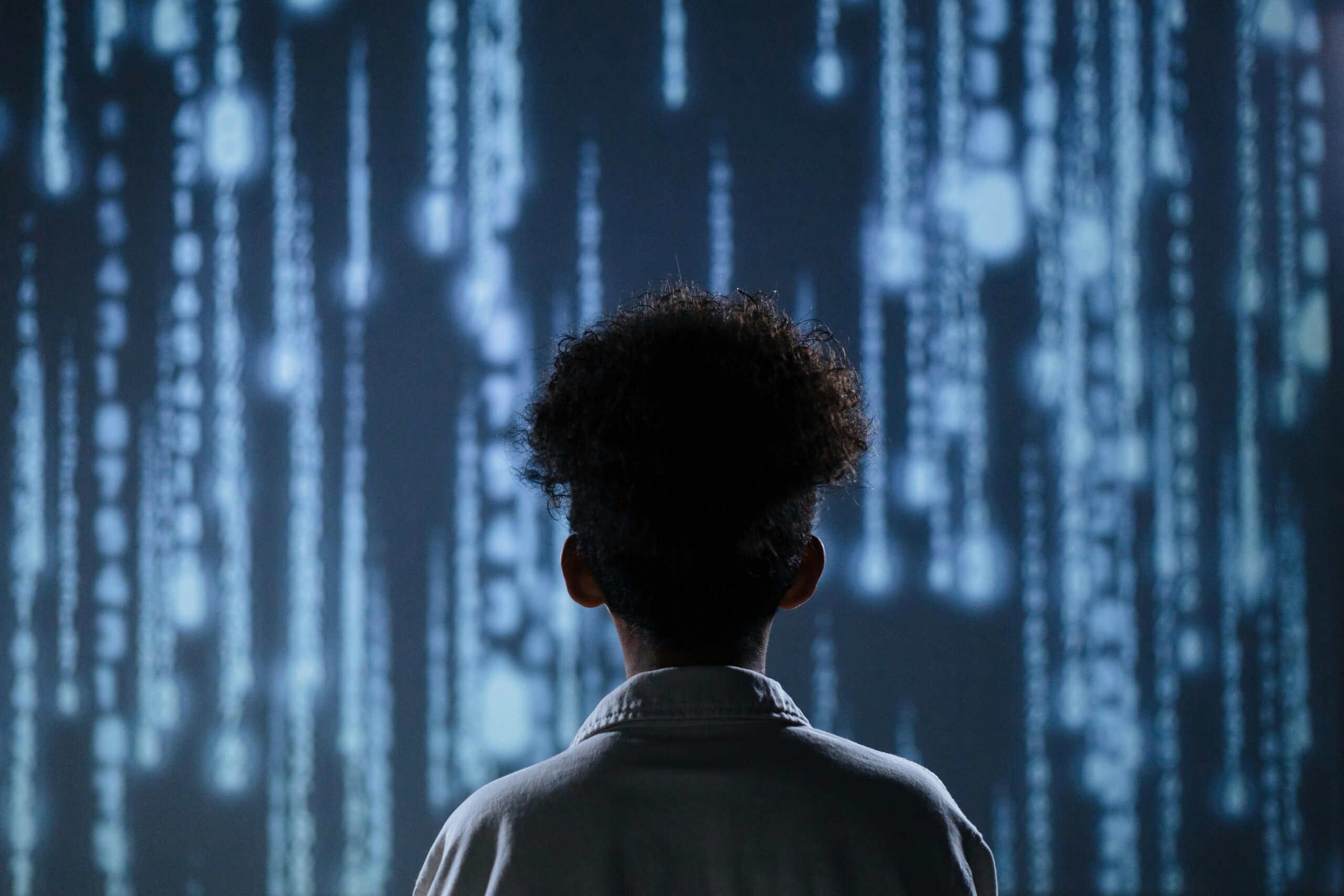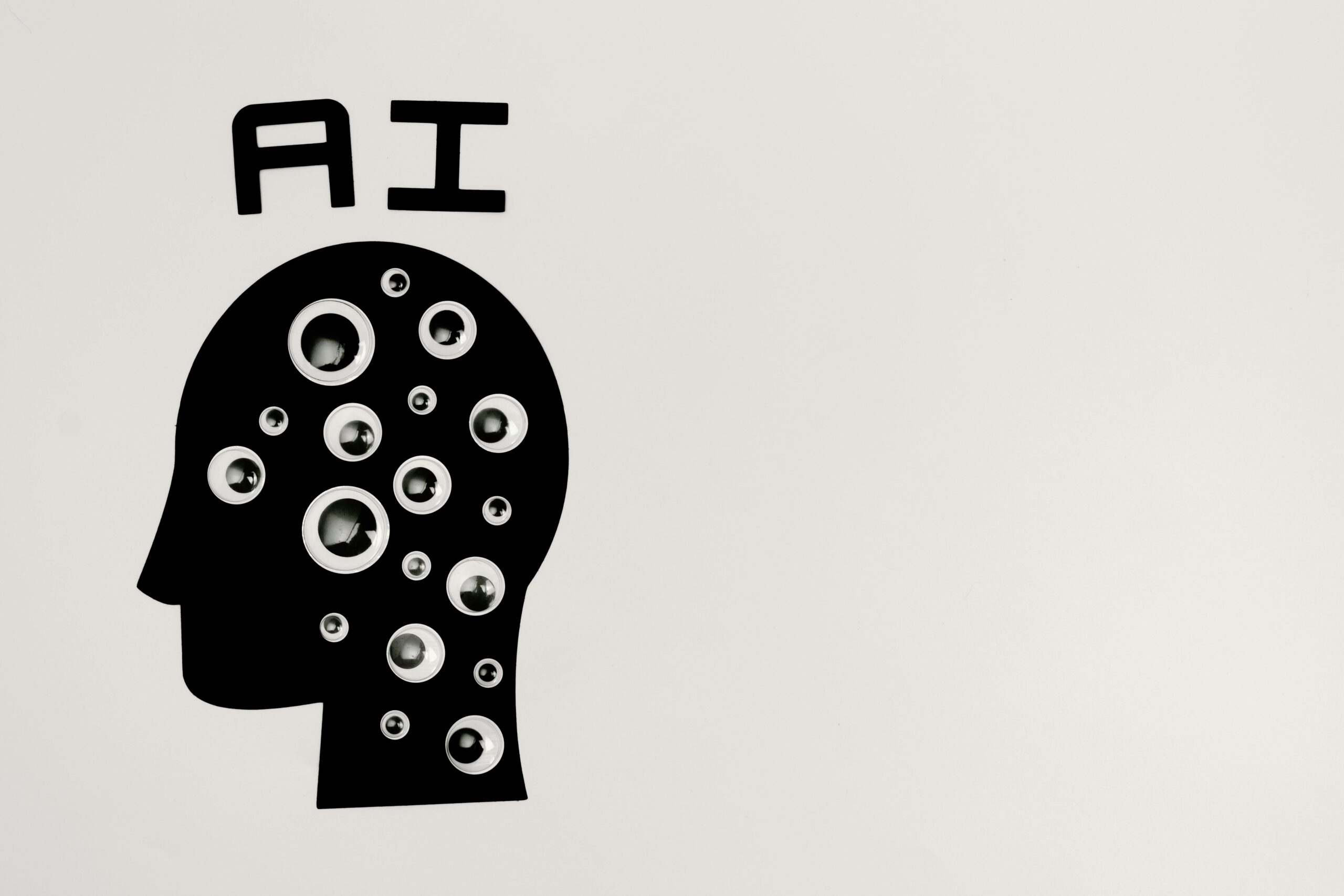Artificial Intelligence (AI) has already transformed industries like healthcare, business, and entertainment. In education, AI-powered tools are reshaping how students learn, how schools operate, and how teachers deliver lessons. But this rapid growth raises an important question: Can AI replace teachers?
While some believe AI could eventually take over classroom roles, others argue that the human qualities of teachers are irreplaceable. In this article, we’ll explore both sides of the debate, looking at the advantages, limitations, and future role of AI in education.
✅ The Growing Role of AI in Education
AI in education is no longer science fiction—it’s already happening. From personalized learning platforms to essay grading tools, AI is enhancing both teaching and learning. Popular AI tools for students include:
-
ChatGPT for tutoring and essay help.
-
Grammarly for proofreading and editing.
-
Otter.ai for lecture transcription.
-
AI tutors built into e-learning platforms like Khan Academy and Duolingo.
These tools make education more accessible, personalized, and efficient. But do they have what it takes to fully replace teachers? Let’s examine the arguments.
🎯 The Case for AI Replacing Teachers
Advocates of AI argue that machines can outperform human teachers in several areas:
1. Personalized Learning
AI can adapt to each student’s pace and style. For example, an AI platform can identify if a student struggles with algebra and provide targeted exercises. Human teachers often lack the time or resources to offer such individualized support to every student.
2. 24/7 Availability
Unlike teachers, AI never gets tired. Students can access AI tutors anytime, making learning flexible and on-demand—something especially valuable in online education.
3. Data-Driven Feedback
AI can quickly analyze student performance and give instant feedback. Tools like online quizzes with automated grading save time for both teachers and students.
4. Scalability
One AI tutor can serve millions of students at once. In regions where there’s a shortage of qualified teachers, AI could help bridge the education gap.
5. Cost-Effective
In the long run, AI could reduce educational costs by automating tasks like grading, attendance tracking, and administrative paperwork.
⚠️ The Case Against AI Replacing Teachers
While AI has clear advantages, it has equally strong limitations that make replacing teachers unrealistic:
1. Lack of Human Connection
Education is more than transferring knowledge—it’s about empathy, encouragement, and emotional support. A teacher understands when a student feels anxious before an exam, or when they need motivation after a failure. AI cannot replicate genuine human relationships.
2. Ethical and Moral Guidance
Teachers don’t just teach academics—they mentor students, guide character development, and shape values. AI lacks the moral compass and cultural sensitivity to handle such responsibilities.
3. Creativity and Critical Thinking
AI can process information, but it struggles with teaching creativity and fostering critical thinking. A teacher can inspire curiosity and lead open-ended discussions, which AI cannot fully replicate.
4. Dependence and Inequality
If education relies too heavily on AI, students without access to technology could be left behind. Furthermore, over-reliance on machines may discourage independent thinking.
5. Bias and Accuracy Issues
AI tools depend on algorithms and data. If the data is biased or incomplete, students may receive misleading information. Teachers, on the other hand, can adjust explanations and clarify misunderstandings.
🧩 Can AI and Teachers Work Together?
Instead of asking whether AI will replace teachers, a more balanced approach is to ask: How can AI support teachers?
AI as an Assistant, Not a Replacement
-
Grading and Administrative Work → AI can handle repetitive tasks, giving teachers more time to focus on teaching.
-
Personalized Resources → AI can recommend practice problems, while teachers use the extra time for one-on-one mentoring.
-
Data Analysis → AI can provide insights into student progress, but teachers interpret the results and adapt their strategies.
Real-World Examples
-
Khan Academy’s AI tutor supports students with hints and explanations, but teachers still lead the classroom.
-
Language learning apps like Duolingo use AI for practice, but teachers provide cultural context and real-world application.
🔮 The Future of Teaching with AI
Experts predict that by 2030, education will likely follow a hybrid model, where AI supports but does not replace teachers. AI will handle routine and scalable tasks, while teachers focus on emotional intelligence, creativity, and mentorship.
This means that the teachers of the future will need to become more like facilitators and mentors, guiding students in ways that machines cannot.
📌 Balanced Pros and Cons Summary
| AI in Education | Strengths | Weaknesses |
|---|---|---|
| Personalization | Tailors lessons to individuals | Lacks emotional awareness |
| Availability | 24/7 learning support | No real-time empathy |
| Efficiency | Faster grading & feedback | Risk of misinformation |
| Scalability | Reaches millions globally | May widen digital divide |
| Cost | Lowers long-term costs | Initial tech investment required |
✅ Conclusion: Can AI Replace Teachers?
The answer is no—AI cannot fully replace teachers. While AI tools are powerful, efficient, and transformative, they lack the human qualities that make teaching truly impactful. Empathy, inspiration, mentorship, and emotional support are qualities only human teachers can provide.
That said, AI should not be ignored. Instead, it should be embraced as a partner in education. Teachers who learn to work alongside AI will not be replaced—they will be empowered, becoming more effective and impactful in shaping the next generation of learners.
In short:
-
AI will not replace teachers.
-
Teachers who use AI will replace those who don’t.
post comments
Together We Rise: A Campaign for Everyone




